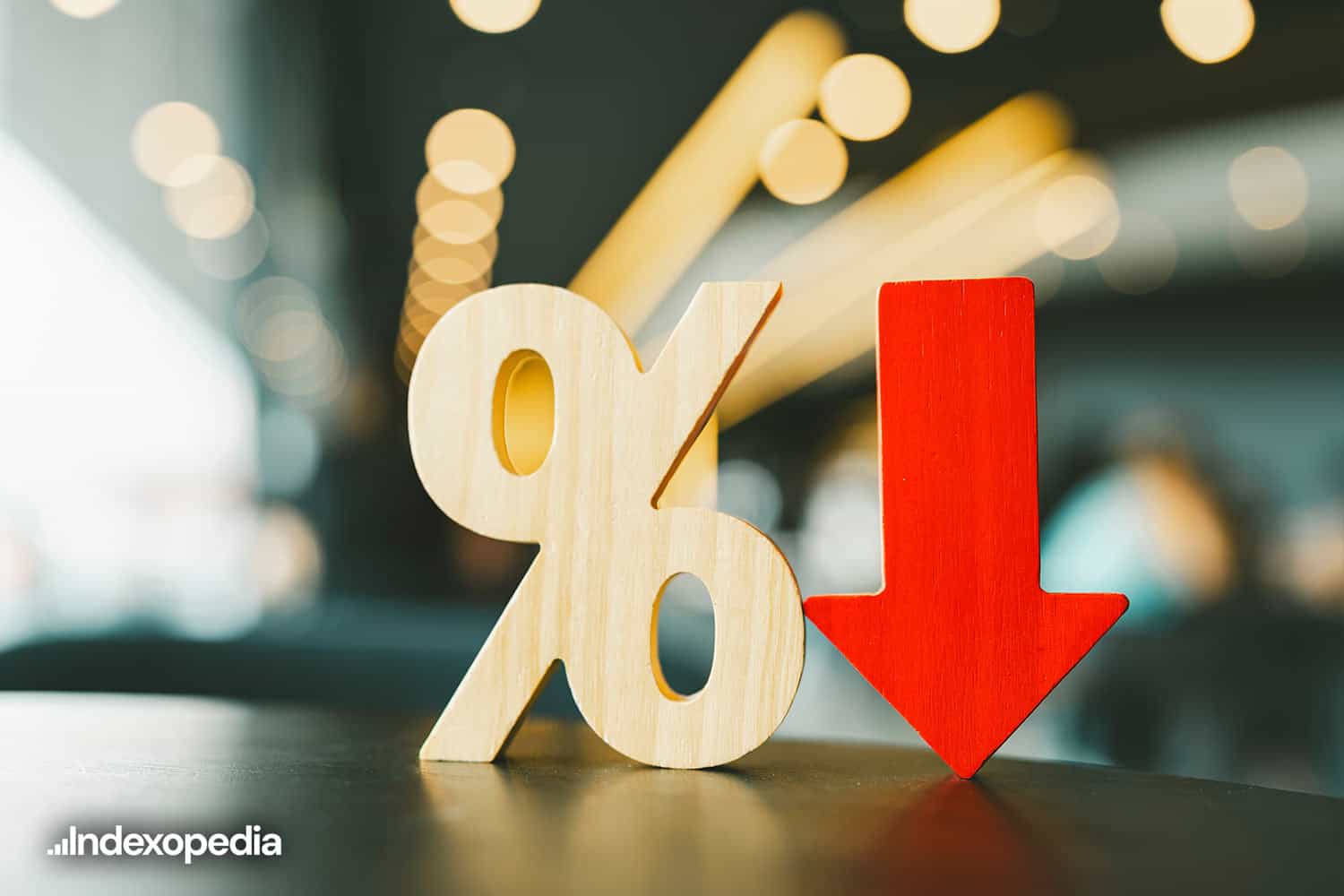

Everyone is impacted by interest rates, one way or another. But how exactly do rate cuts ripple through the broader economy, and more importantly, how do they affect your portfolio? To understand this cause-and-effect relationship, it helps to start with the entity pulling the proverbial strings: the Federal Reserve. What Is the Fed’s Role in the U.S. Economy? As the U.S. central bank, the Federal Reserve (the “Fed”) is tasked with two main goals: maximizing employment and stabilizing prices. One of its primary levers for achieving these objectives is adjusting the Federal Funds Rate, the interest rate at which banks lend to each other overnight. This rate influences broader financial rates, such as auto loans, mortgages, and savings yields. The Fed typically raises rates to attempt to cool down economic activity and slow inflation down, while it lowers rates to encourage borrowing and stimulate economic growth. Factors like inflation trends, unemployment rates, and overall economic health guide these decisions. A key example is the 2008 Financial Crisis, when the Fed cut rates to near zero in an attempt to stabilize financial markets. Businesses could then